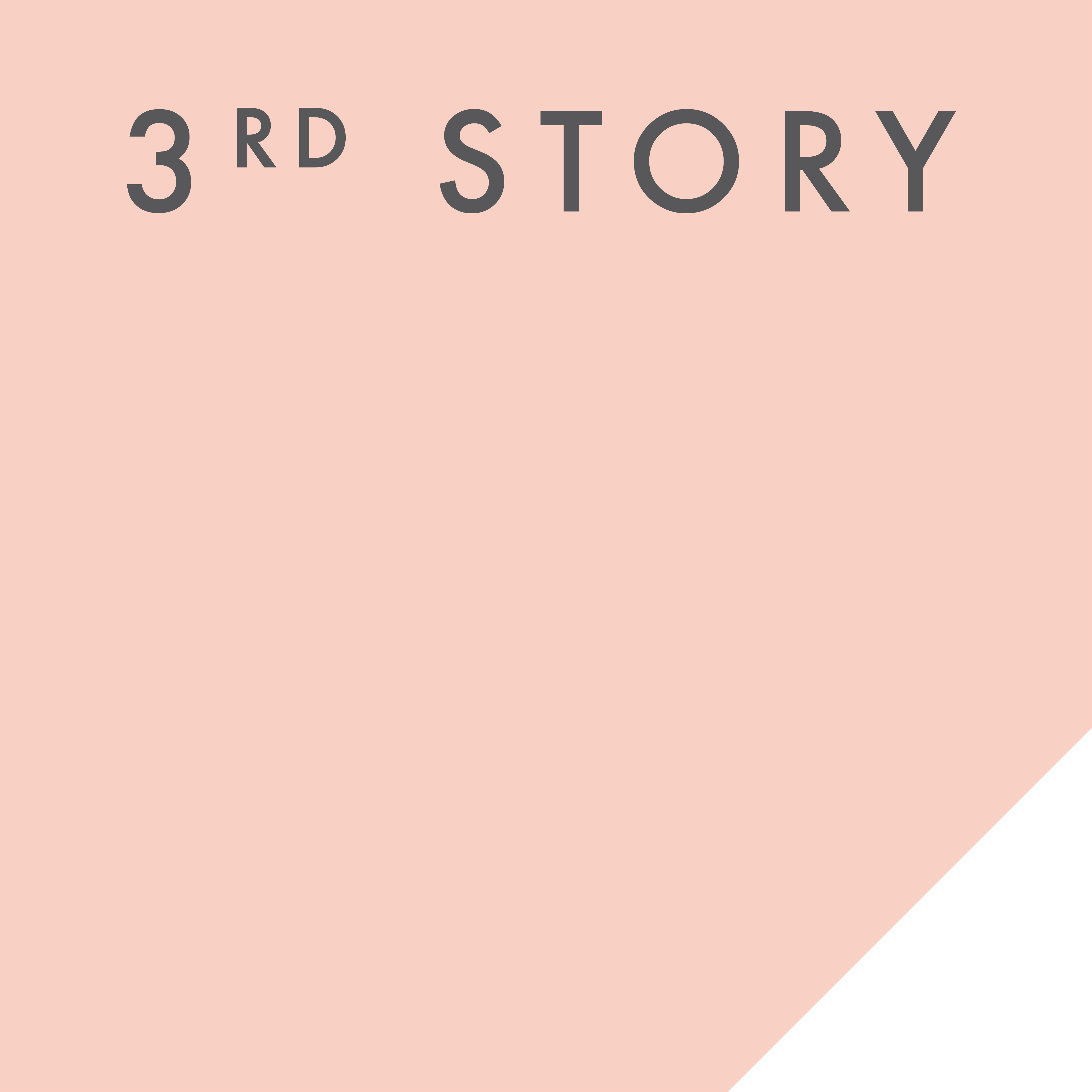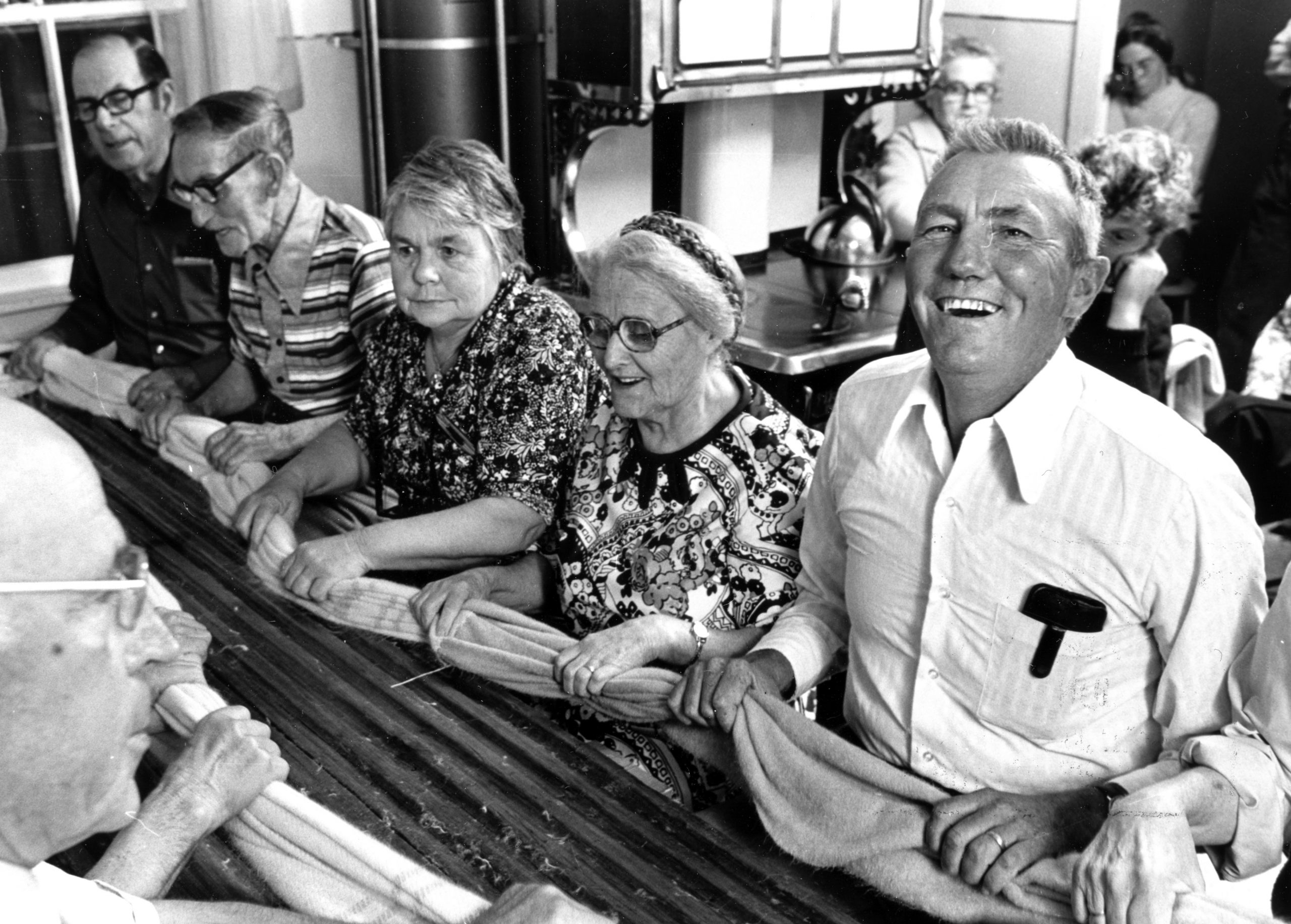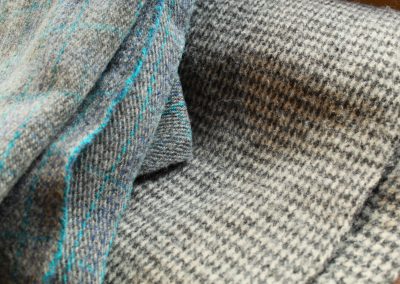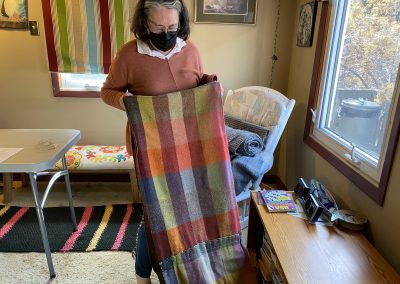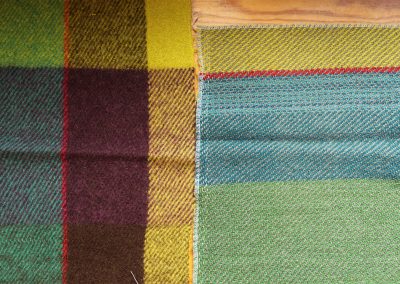Gaelic Milling Frolic
Mary MacLean shares her experience milling wool cloth and singing Gaelic milling songs.Milling Frolic, North Shore, 1984. Photograph by Owen Fitzgerald. 84-426-14526. Beaton Institute, Cape Breton University.
Milling Frolics are social events, having roots in the Scottish Highlands and brought over to Nova Scotia by the Gaels who settled in Cape Breton in the 18th century. Wool cloth that is spun and woven at home is “milled” or “waulked” (British term) at these community events. Milling is basically pounding the cloth, which is wet; it shrinks it make it warmer and more watertight. Nowadays milling is done in factories, but the milling frolic has continued as a social event in Nova Scotia Gaelic communities. Gaelic songs are sung to keep the group in rhythm, pounding the cloth and passing it to their neighbour in a loop. Song is key to the preservation Gaelic culture because it is a method of preserving and passing on language.
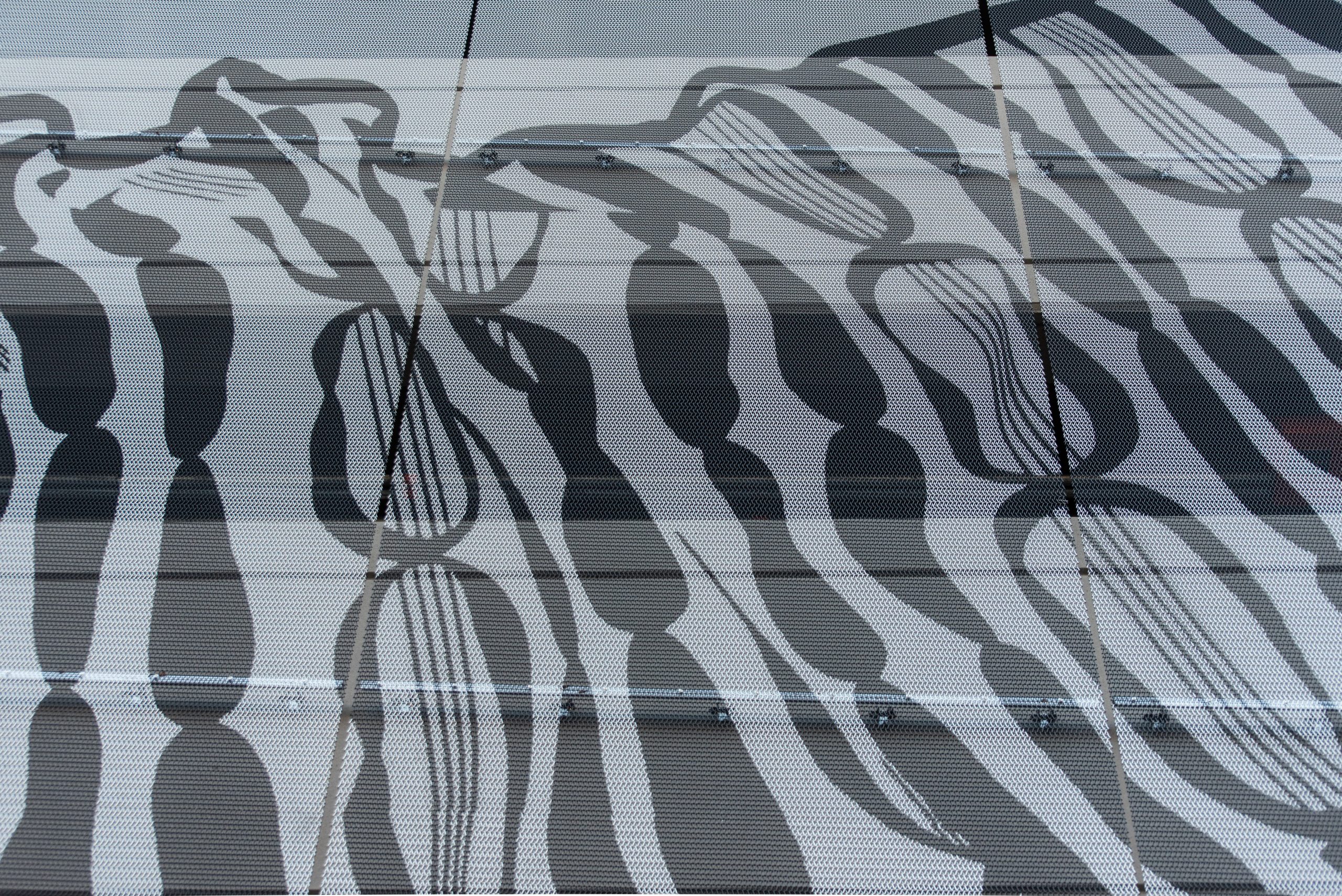
In Conversation, Gaelic Milling Frolic, Andrea Tsang Jackson
01 Growing up with the Gaelic language
02 Mary and milling songs
03 What is Milling?
The cloth shrinks significantly; for example, a 47-foot by 33 1/2 inch piece would srhink by 3 feet in length and 3″ in width after about 2 hours milling.
04 About milling songs
Mary talks about milling songs, some differences with the songs sung in Cape Breton, and why Cape Breton frolics involve men (unlike the traditions in the Hebrides in Scotland).
05 Cape Breton milling frolics as social events
06 The meaning of “An Cliath Clis”
Engraving depicting waulking
Detail of an 18th century engraving of Scotswomen waulking (fulling or milling) cloth, and singing. Engraving circa 1770; public domain.
Mary with milled cloth
Mary holds up a colourful handwoven cloth with the stitching that holds the milling “loop” in place.
Mary MacLean granted Andrea permission to tell her story in this way.
RESOURCES
Watch Emily McEwan demonstrate how milling is done:
ABOUT THE ARTIST
Andrea Tsang Jackson is a Canadian-born visual artist of Chinese descent based in Kjipuktuk / Halifax, Nova Scotia. Her work takes the traditional craft medium of quilting and applies it to a contemporary context.
ACKNOWLEDGEMENTS
This project is possible with the participation of many people who offered their time, knowledge, and collaboration.
